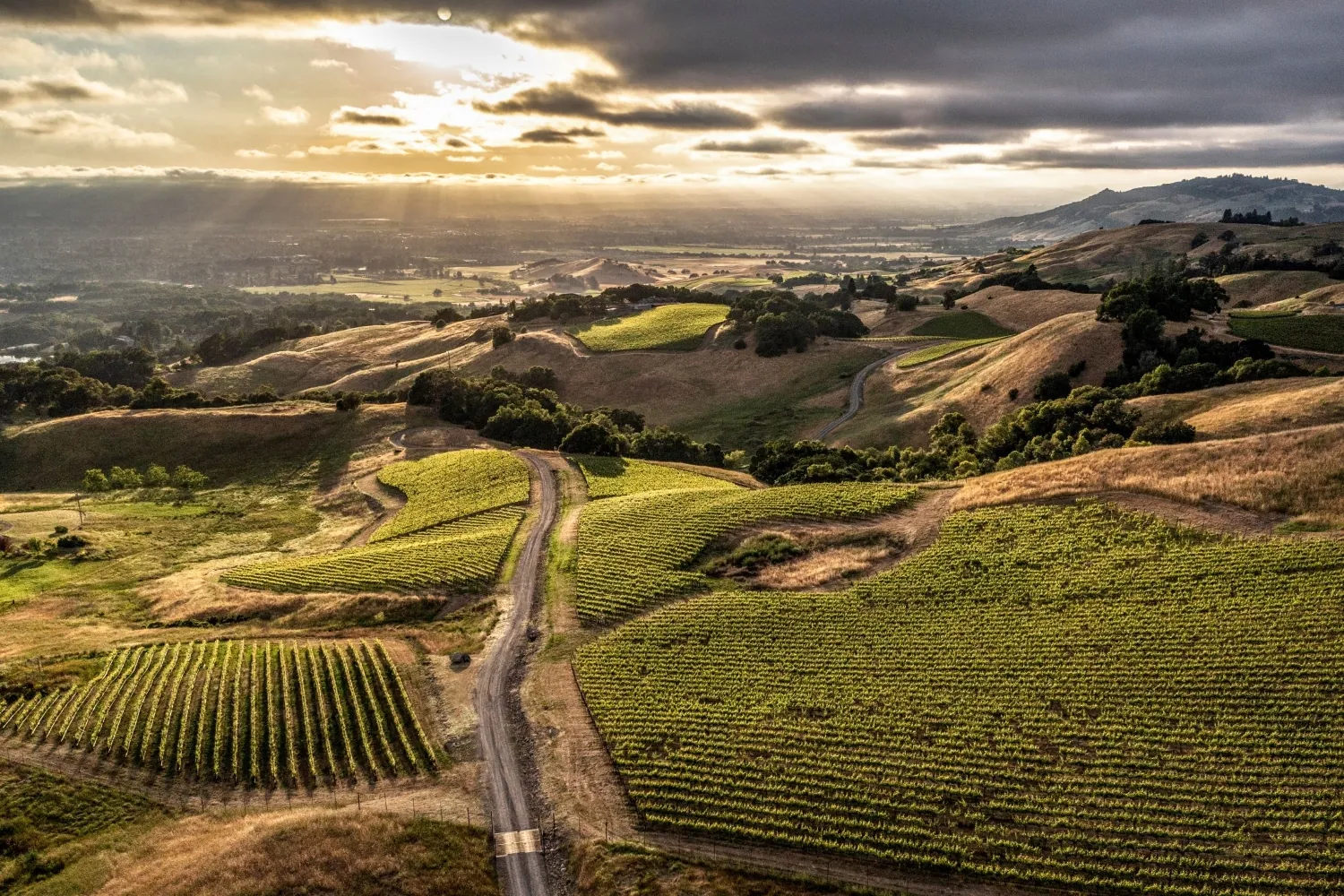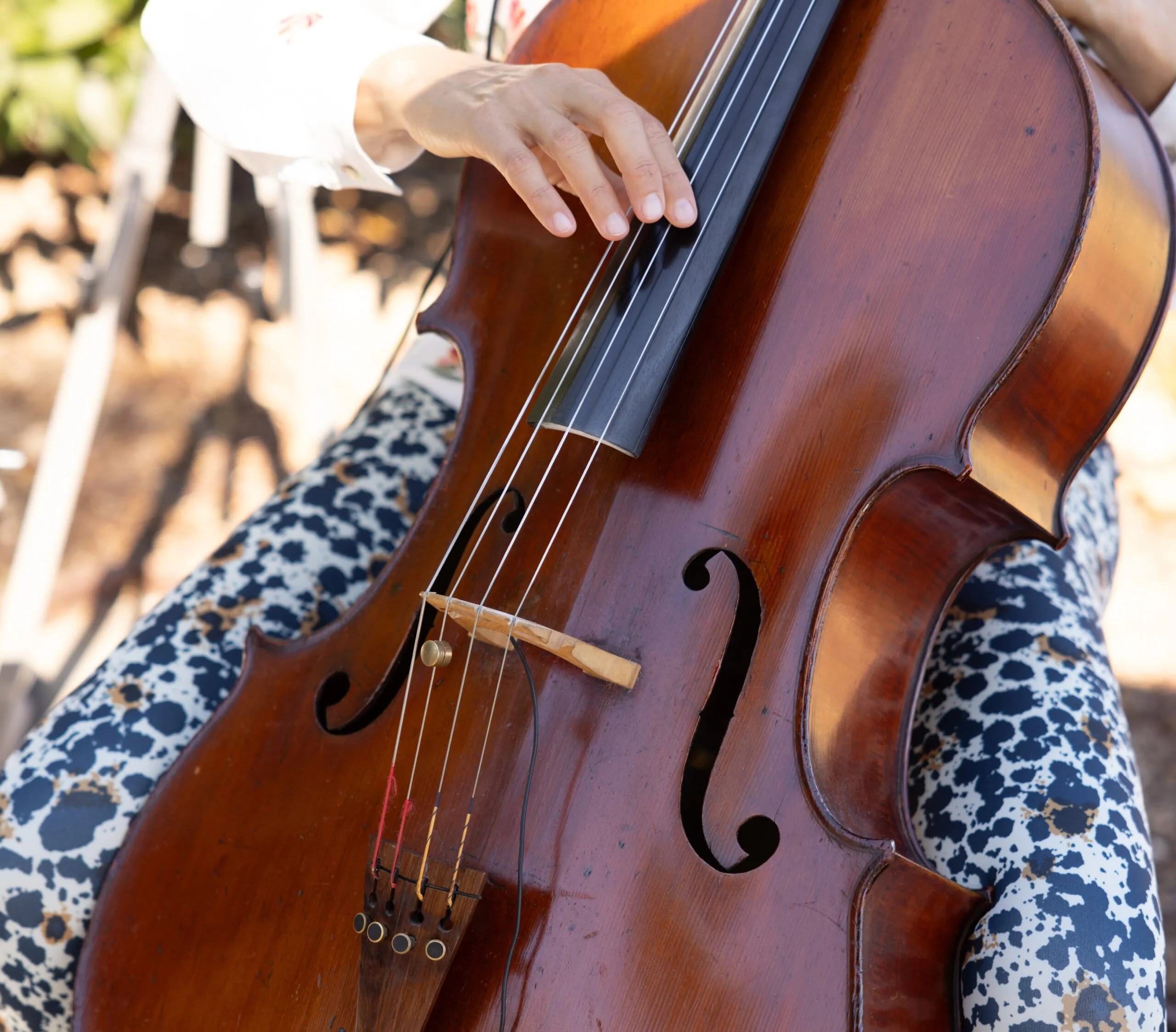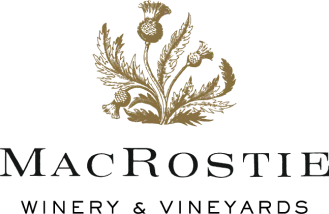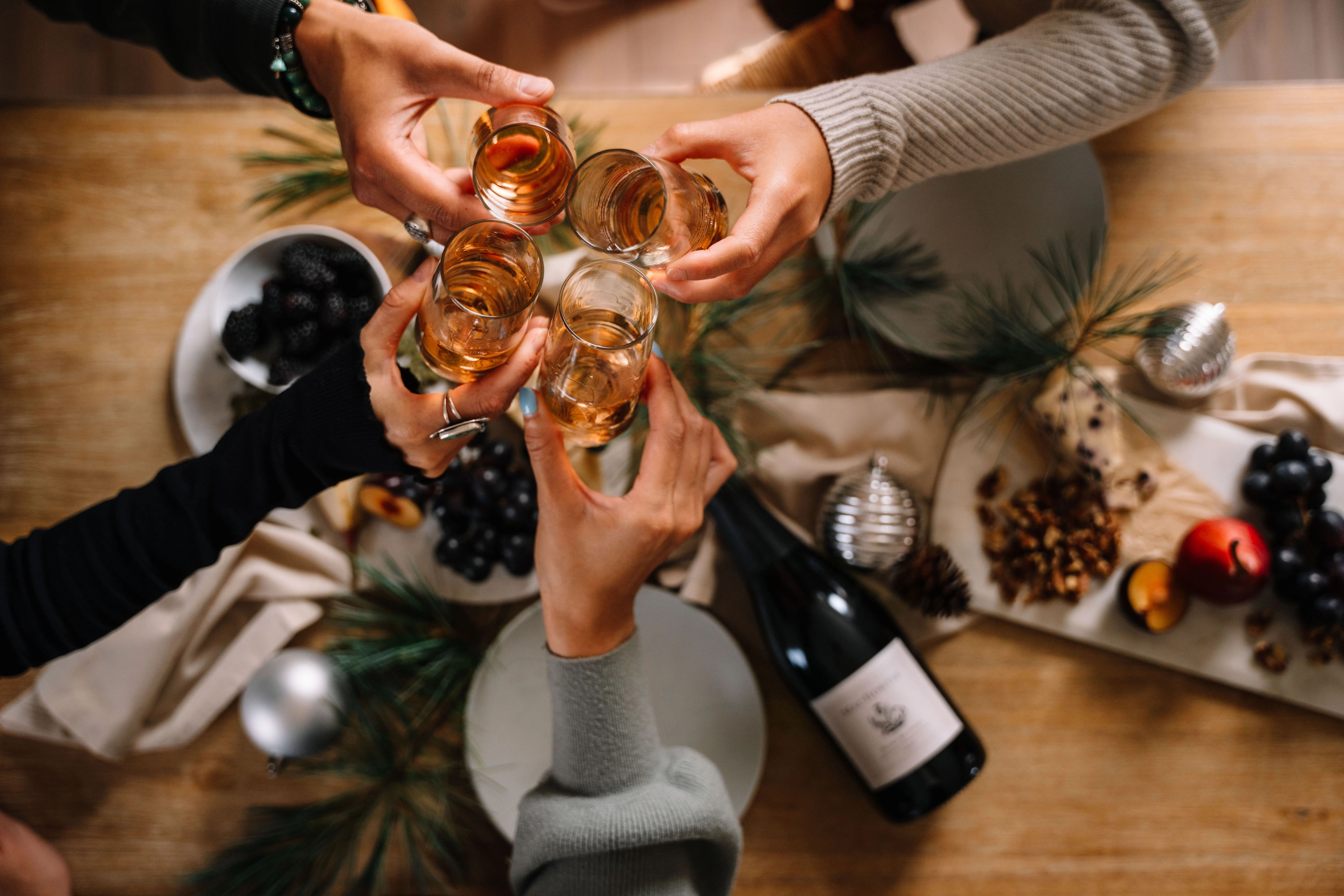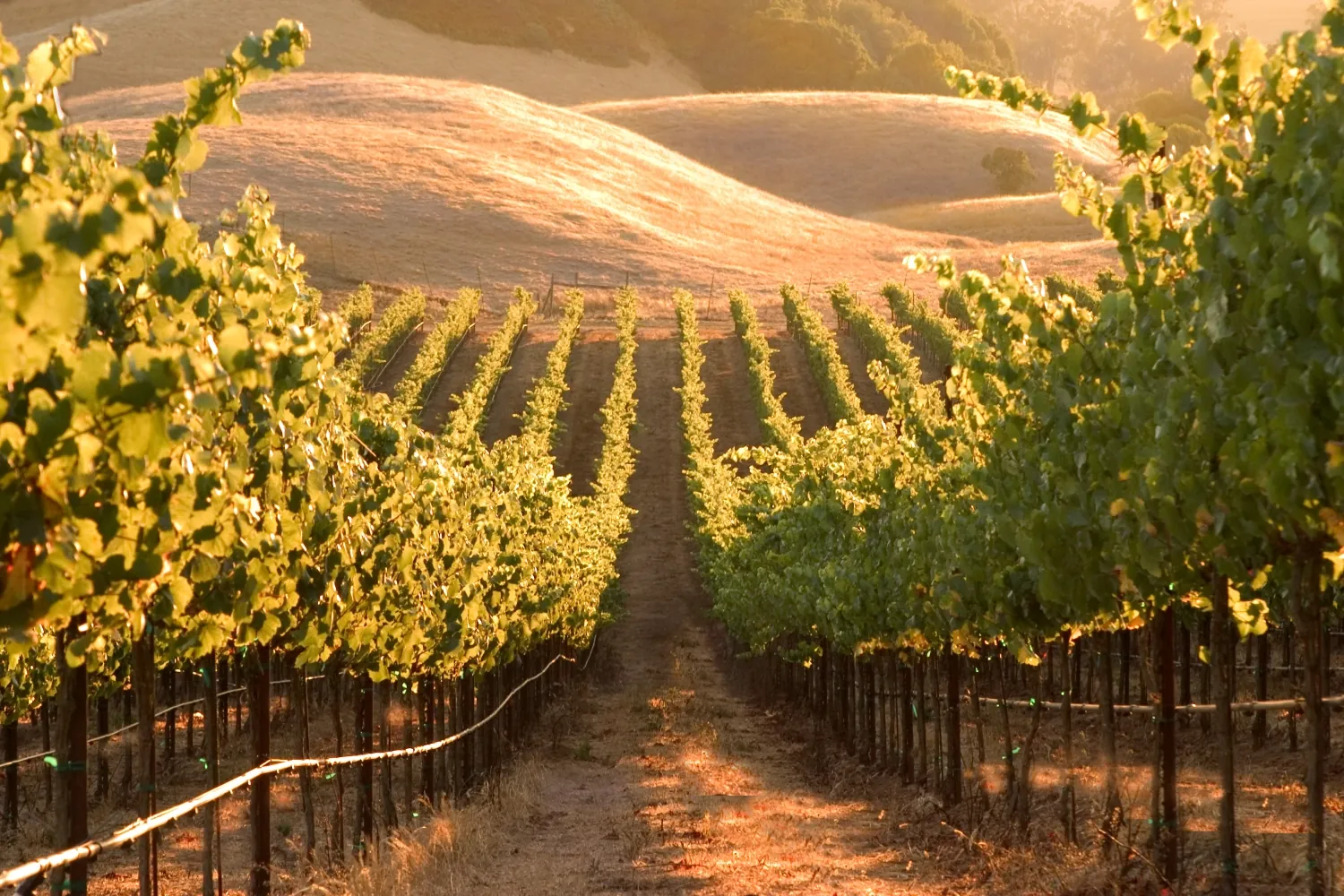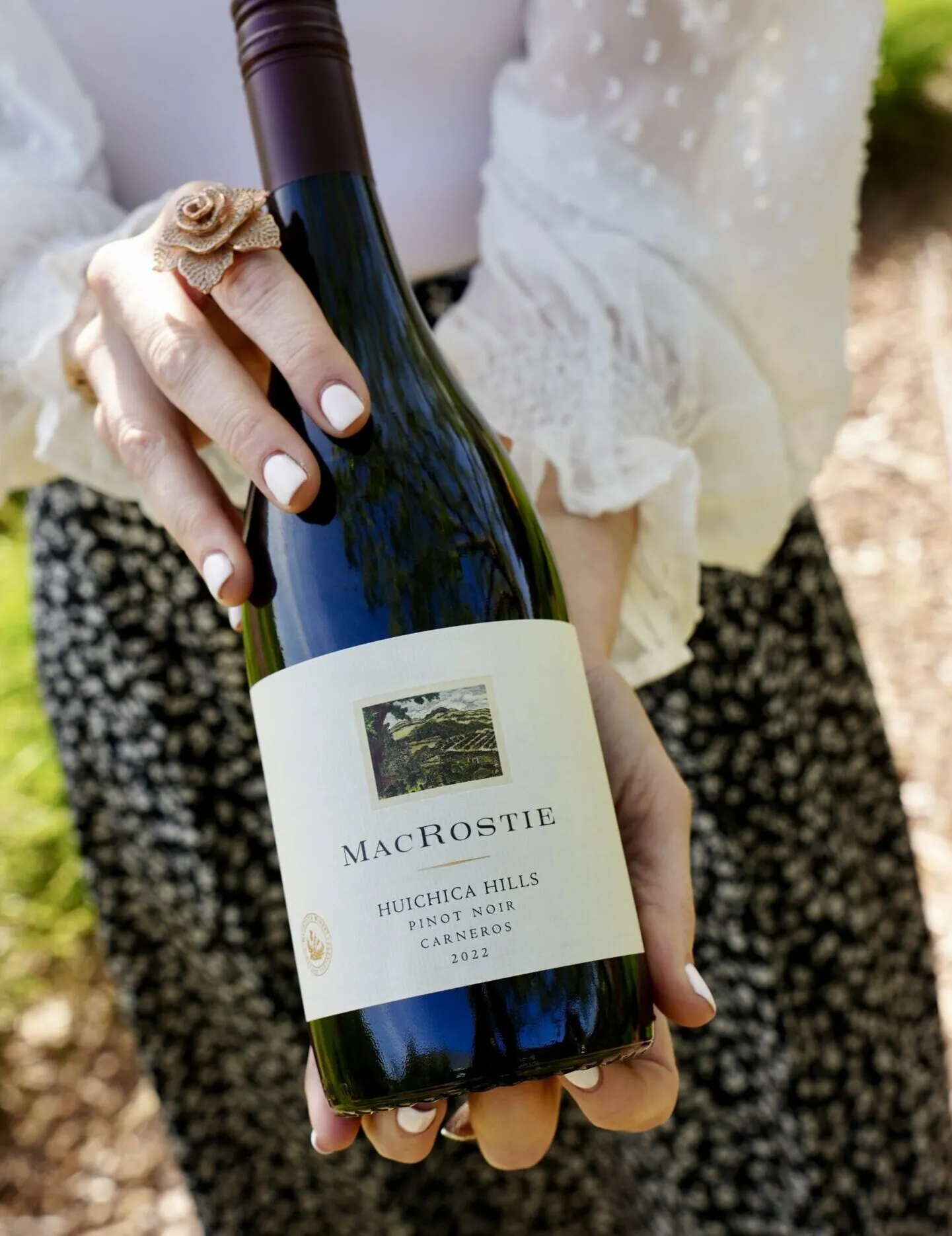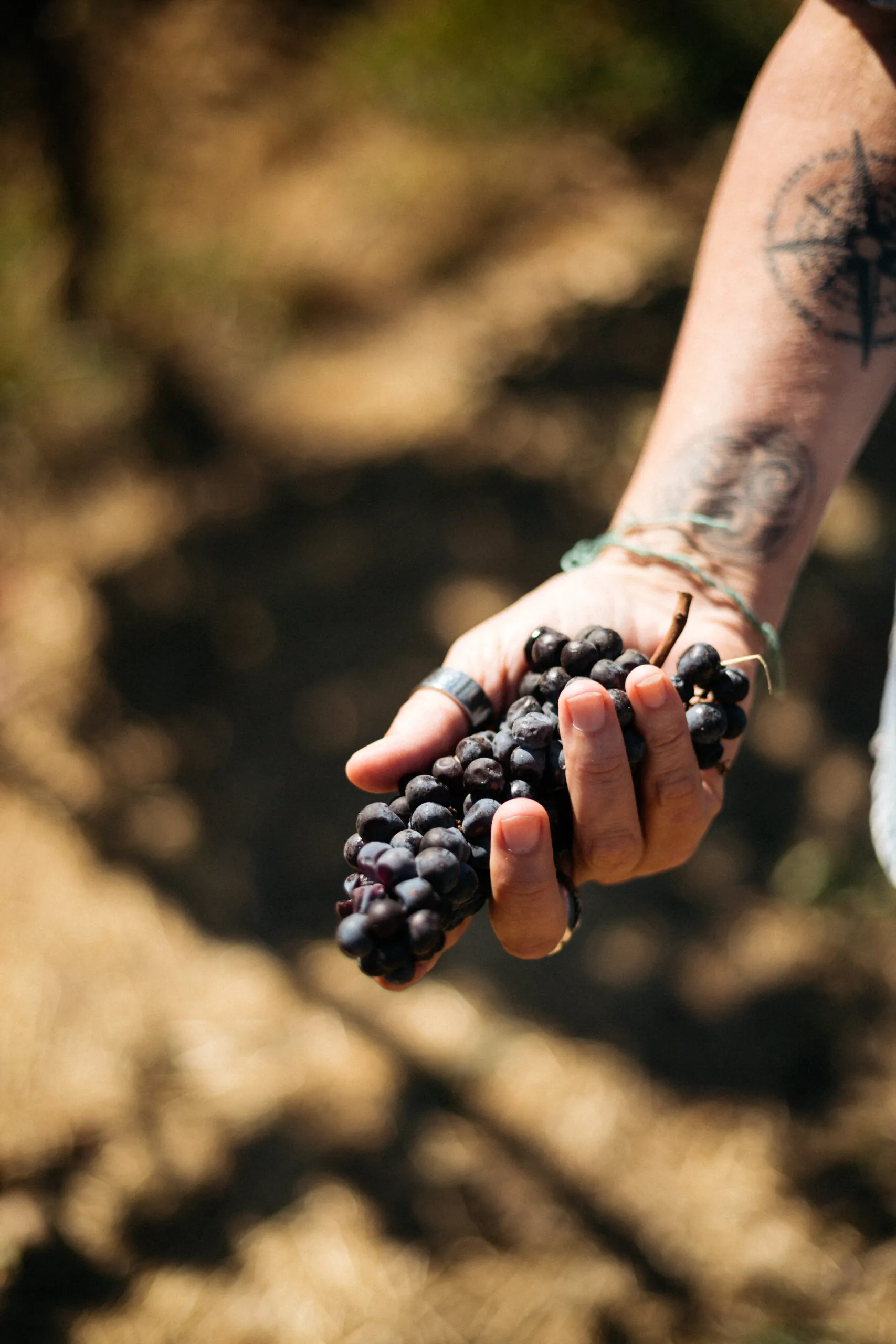Called Champagne in France, Prosecco in Italy, Cava in Spain, and sparkling wine throughout California and North America, the history of the world’s best sparkling wines may have begun with a very happy accident in the cellar of Blanquette de Limoux in Languedoc, France almost 500 years ago. This happy accident was likely very cool winter weather that resulted in a “stuck fermentation,” which then woke up the yeast as the temperatures warmed, creating significant levels of carbon dioxide (the source of sparkling wine’s effervescence), and the world’s first sparkling wine was born.
In the early 17th century, a monk named Dom Pierre Pérignon who had tasted the wines of Limoux, brought the style to Champagne and began planting vines, though he passed away before commercial production could begin. In the decades that followed, several great Champagne houses were established, including Moet & Chandon in 1745 and Veuve Clicquot in 1772. At Veuve Clicquot, the legendary Madame Clicquot (one of the original great women winemakers) invented the riddling process to remove yeast after secondary fermentation—which today is universally known as the méthode champenoise.
The history of sparkling wine in Italy goes back almost as far, with the first written reference to it in 1754. In 1895, Prosecco became much more affordable to produce, and therefore more popular and available with the invention of the Charmat method, where wine undergoes secondary fermentation in a pressurized tank, prior to being filtered and bottled under pressure.
Sparkling Wine in California
The history of Russian River Valley and Sonoma County sparkling wine goes back to at least 1892 when the Korbel brothers began crafting wines using the méthode champenoise. Originally made from grapes like Riesling, Muscatel, and Traminer, the quality of Californian sparkling wine improved with the planting of the more traditional sparkling wine grapes, most notably Chardonnay and Pinot Noir. As the quality of California’s sparkling wines increased, so did investment in California from some of Champagne’s most revered houses, including Roederer (Roederer Estate), Moet & Chandon (Domaine Chandon) and Taittinger (Domaine Carneros).
Today, California sparkling wine is going through a renaissance in quality and prestige. This has been driven by several factors, including California winemakers taking inspiration from the grower Champagne movement in France, great plantings of top-quality Pinot Noir and Chardonnay in true cool-climate wine regions, and even the record-breaking cool temperatures of the 2011 vintage, which led several innovative winemakers to pivot to sparkling wine production when their still wine grapes did not fully ripen.
Sparkling Wine at MacRostie
The genesis for our sparkling wine program began when our winemaker, Heidi Bridenhagen, was sharing a glass of Champagne with a co-worker in early 2016. After discussing how much they both loved French Champagne and the best Sonoma Coast sparkling wines, it naturally led to the question, “Why aren’t we making sparkling wine?!” As a winery that has spent almost 40 years focused on cool-climate Chardonnay and Pinot Noir—the two key sparkling wine grapes—it was a natural decision for our team and something that we were excited to try.
After consulting with numerous winemakers in Champagne and California, Heidi blended Chardonnay from the famed Sangiacomo Vineyard with Pinot Noir from our own beloved Thale’s Estate Vineyard to create our debut 2016 MacRostie Sparkling Brut. In the years that followed, our sparkling program grew to include a Brut Rosé, which like the Brut, is crafted from both Chardonnay and Pinot Noir. In 2020, after several vintages of refining our approach, Heidi decided to do something new and showcase the character and complexity of our Chardonnay on its own by crafting a Blanc de Blancs, with a Blanc de Noirs (sparkling wine made from red grapes) following soon after.
Now in its second vintage, we will be releasing our 2021 MacRostie Blanc de Blancs this month (September 2024), and we couldn’t be more excited. Crafted using Martini Clone Chardonnay from a prized block of theSangiacomo family’s Kiser Ranch and aged for 30 months en tirage before being disgorged and bottled with a dosage under 6 grams per liter (Extra Brut), it is a joyful sparkling wine. While it’s a serious and sophisticated Sonoma Coast Blanc de Blancs by any measure, it is also beautifully energetic and playful in a way that beckons fun! Not only is it perfect for celebrations, but it’s also the kind of radiant sparkler that brings the celebration with it.
